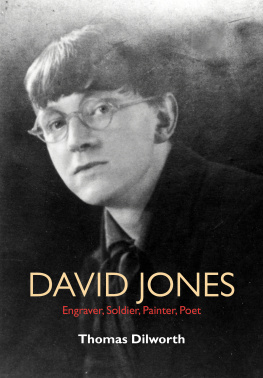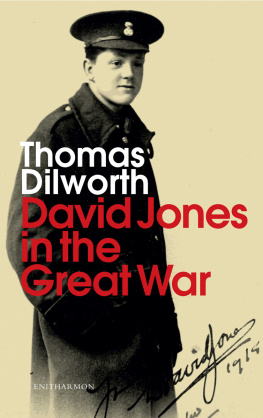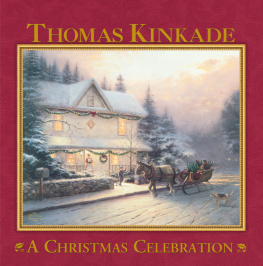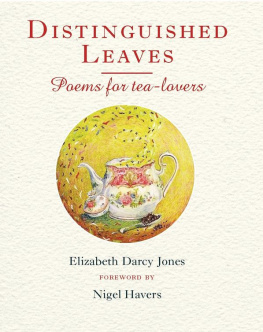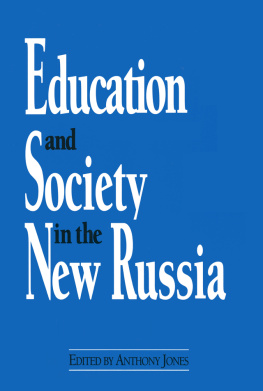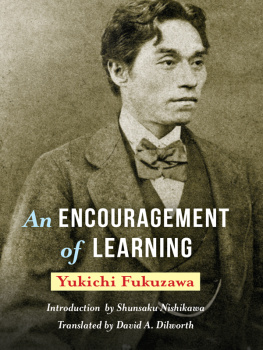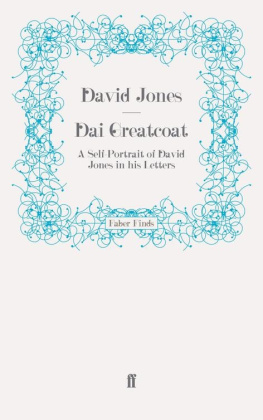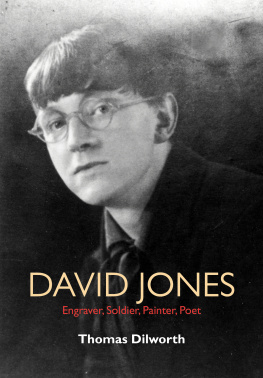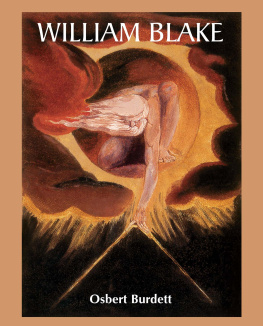Dilworth Thomas - David Jones engraver, soldier, painter, poet
Here you can read online Dilworth Thomas - David Jones engraver, soldier, painter, poet full text of the book (entire story) in english for free. Download pdf and epub, get meaning, cover and reviews about this ebook. City: London, year: 2019, publisher: Vintage, genre: Non-fiction. Description of the work, (preface) as well as reviews are available. Best literature library LitArk.com created for fans of good reading and offers a wide selection of genres:
Romance novel
Science fiction
Adventure
Detective
Science
History
Home and family
Prose
Art
Politics
Computer
Non-fiction
Religion
Business
Children
Humor
Choose a favorite category and find really read worthwhile books. Enjoy immersion in the world of imagination, feel the emotions of the characters or learn something new for yourself, make an fascinating discovery.
- Book:David Jones engraver, soldier, painter, poet
- Author:
- Publisher:Vintage
- Genre:
- Year:2019
- City:London
- Rating:4 / 5
- Favourites:Add to favourites
- Your mark:
- 80
- 1
- 2
- 3
- 4
- 5
David Jones engraver, soldier, painter, poet: summary, description and annotation
We offer to read an annotation, description, summary or preface (depends on what the author of the book "David Jones engraver, soldier, painter, poet" wrote himself). If you haven't found the necessary information about the book — write in the comments, we will try to find it.
David Jones engraver, soldier, painter, poet — read online for free the complete book (whole text) full work
Below is the text of the book, divided by pages. System saving the place of the last page read, allows you to conveniently read the book "David Jones engraver, soldier, painter, poet" online for free, without having to search again every time where you left off. Put a bookmark, and you can go to the page where you finished reading at any time.
Font size:
Interval:
Bookmark:

Contents
Abbreviations for works by David Jones
| A | The Anathemata (London: Faber and Faber, 1972). |
| DG | The Dying Gaul, ed. Harman Grisewood (London: Faber and Faber, 1978). |
| DGC | Dai Greatcoat, ed. Ren Hague (London: Faber and Faber, 1980). |
| EA | Epoch and Artist, ed. Harman Grisewood (London: Faber and Faber, 1959). |
| IN | Inner Necessities, ed. Thomas Dilworth (Toronto: Anson-Cartwright, 1984). |
| IP | In Parenthesis (London: Faber and Faber, 1978). |
| LF | Letters to a Friend, ed. Aneirin Talfan Davies (Swansea: Christopher Davies, 1980). |
| LVW | Letters to Vernon Watkins, ed. Ruth Pryor (Cardiff: University of Wales, 1976). |
| RQ | The Roman Quarry, ed. Harman Grisewood and Ren Hague (London: Agenda Editions, 1981). |
| SL | The Sleeping Lord (London: Faber and Faber, 1974). |
| WP | Wedding Poems, ed. Thomas Dilworth (London: Enitharmon, 2002). |
Acknowledgements
Without attempting to influence or have editorial licence, two generations of the trustees of David Joness estate have generously given me full access to all his unpublished writing and permission to quote from it and reproduce his art. My most important living sources were Joness close friends: Tom Burns, Jim Ede, Harman Grisewood, Philip Hagreen, Stanley Honeyman, and Petra Tegetmeier. Others who shared memories or gave access to letters or pictures were Mary Adams, Julian Asquith, Josie Bacon, Sarah and Maurice Balme, Kenneth Bell, Hilary Beyer, Fabian Binyon OSB, David Blamires, William Blissett he introduced me to Joness poetry and then to Jones, with whom we shared four long visits John Bodley, Luce Bonnerot, Robert Buhler, Morag Bulbrook, Vincent Bywater SJ, Douglas and Nest Cleverdon, Malcolm and John Cochrane, Cathie Collins, William Cookson, Kevin Cribb, Glyn Davies, Solange Dayras, Pamela Donner, Polly Drysdale, Bee Dufort, Clarissa Eden, Valerie Eliot, Mollie Elkin, Nick Elkin, Rosalind Erangey, Elwyn Evans, Susan Falkner, Joy Finzi, Antonia Fraser, Arthur Giardelli, Rita M. Gibbs, Nicolete, Basil, Edmund, and Sophie Gray, Margaret Grisewood, Michael Hague, Ernest Hawkins, Paul Hills, Dorothy Hodgkin, Edward Hodgkin, Edgar Holloway, Jeremy Hooker, Cecile and Edmund Howard, Ray Howard-Jones, Colin Hughes, Tony Hyne, Vicky Ingrams, Lucy and Philip Jebb, Ian Jennings, Peter Kelly, Jenny Kilbride, David Kindersley, Peter Levi, Kathleen Lockitt, Diana Lodge, Philip and Angela Lowery, Audrey Malan, Jean Mambrino SJ, Anthony Meredith SJ, John Montague, Barbara Moray, Joseph Munitz SJ, E. Q. Nicholson, Peter and Kay Orr, Conrad Pepler OP, Tristram Powell, Kathleen Raine, Michael Rees, Michael Richey, Catherine Rousseau, John Ryan, Nancy Sanders, Peter du Sautoy, Christina Scott, Jonathan Scott, Rupert Shepherd, Sydney Shepherd, Walter Shewring, Richard Shirley-Smith, Elizabeth and Christopher Skelton, John Skelton, Diana Smith, Stephen Spender, Janet Stone, Tony Stoneburner (who showed me his letters from Jones, and his notes on conversations with Jones and his friends), Elizabeth Swan, Vincent Turner SJ, Barbara Wall, Len Walton, Ronald Watkins, Colin Wilcockson, Sarah Williams, Juliet Wood, Stella Wright, and Valerie Wynne-Williams.
I received information and photographs from Donald Allchin, Hugh Anson-Cartwright, Jonathan Barker at the British Council, Jay Bosanquet, Paul Burns, Peter Chasseaud, Margaret Cookson, Valerie H. Corbett, Beryl Dixon, Hildebrand Flint OSB, Fiona MacCarthy, Patricia McCarthy, Jonathan Miles, Mary Cooper Moore, Roland Murphy OCD, June Penn, Stephen Petrovik, Menna Phillips, David Poulter, Miriam Rothschild, and Derek Shiel. The poet John Matthias gave encouragement. I benefited from the expertise of Glyn Davies and Irene Fast (psychoanalytic), Byron Rourke (neuropsychological), and Brian Burke (psychiatric-pharmacological). Huw Ceiriog Jones helped me in many ways, as did Daniel Huws and Philip Davies, then of the National Library of Wales, which houses most of Joness poetry manuscripts and personal library. His letters to Jim Ede are at Kettles Yard, Cambridge; those to Harman Grisewood at the Beinecke Library, Yale; those to Ren Hague at the University of Toronto Library; those to Peter Levi and Janet Stone at the Bodleian, Oxford; and those to Herbert Read at the McPherson Library, University of Victoria. The letters to Kenneth Clark, Nicolete Gray, and Helen Sutherland are in the Tate Gallery Archives; Faber and Faber correspondence is in the Faber archives; and the letters to W. H. Auden, Bernard Bergonzi, Desmond Chute, T. S. Eliot, Philip Hagreen, Stanley Honeyman, Stuart Pigott, Kathleen Raine, Nancy Sanders, Richard Shirley-Smith, and Tony Stoneburner are at the National Library of Wales though I had access to them when in private hands. The largest number of good colour reproductions of Joness visual art appear in Ariane Banks and Paul Hills, The Art of David Jones, Vision and Memory (2015).
The most important published sources are Ren Hagues Dai Greatcoat (1980) and William Blissetts The Long Conversation (1981). The most complete collection of Joness visual art is Jonathan Miles and Derek Shiels David Jones, The Maker Unmade (1995). These three books are predominantly the sources of Keith Aldritts David Jones, Writer and Artist (2003), a short biography that repeats all their errors, which I correct, for the most part, silently. Information from Blissetts visits to Jones that I shared comes, unless otherwise specified, from my memory of them, which sometimes differs from his.
The Social Science and Humanities Research Council of Canada generously funded my research as did a Killam Research Fellowship and a University of Windsor Humanities Research Fellowship. By being a wonderful mother to our daughters, Kate Connors freed me to do much of my research. Encouraging, patient, discerning, Robin Robertson made this biography his first commission, in 1987, and has since been the best of editors. Dougles Cleverdon brought us together in what was the last of his many enablings of collaboration.
The present biography is a condensation of a much longer document, which will eventually be a public website.
19852016
BY THE SAME AUTHOR
The Liturgical Parenthesis of David Jones
The Shape of Meaning in the Poetry of David Jones
Reading David Jones
David Jones in the Great War
Here Away (poetry)
AS EDITOR
David Jones, Inner Necessities: the Letters of David Jones to Desmond Chute
David Jones, Wedding Poems
S. T. Coleridge, The Rime of the Ancient Mariner, illustrated by David Jones
with Susan Holbrook, The Letters of Gertrude Stein and Virgil Thomson
Chapter 1: 18951910
At 8.54 on the cold, foggy evening of 1 November 1895, he was born into an argument. His Welsh father, Jim Jones, wanted to name him after his own dead younger brother, David. His English mother, Alice, wanted to name him Dorian, after the protagonist of Oscar Wildes novel. Jim protested against any association with Wilde, whose trials in the spring had been a public scandal. She said, I do not care what was said about Wilde. The Importance of Being Earnest is the most brilliant and certainly the most amusing play ever written. I dislike the name Oscar, and, therefore, Dorian
Font size:
Interval:
Bookmark:
Similar books «David Jones engraver, soldier, painter, poet»
Look at similar books to David Jones engraver, soldier, painter, poet. We have selected literature similar in name and meaning in the hope of providing readers with more options to find new, interesting, not yet read works.
Discussion, reviews of the book David Jones engraver, soldier, painter, poet and just readers' own opinions. Leave your comments, write what you think about the work, its meaning or the main characters. Specify what exactly you liked and what you didn't like, and why you think so.

